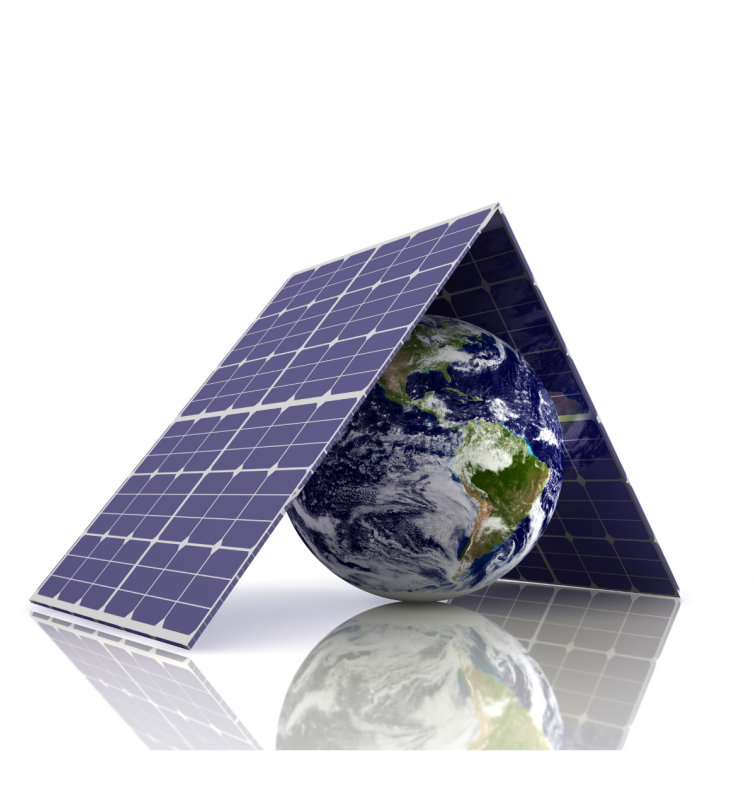On March 7, Bloomberg New Energy Finance released data stating that global new photovoltaic installed capacity is expected to slow down this year and will increase by 29% year-on-year to 574GW. The new photovoltaic installed capacity in the Chinese market will reach 255GW this year, and both the centralized and distributed markets will achieve steady growth.In 2023, global photovoltaic installed capacity will reach a new high, increasing 76% year-on-year to 444GW. Among them, China added 217GW (AC side) or 268GW (DC side). In terms of DC side, China accounts for approximately 60% of the world’s new photovoltaic installed capacity.Photovoltaic DC side capacity refers to the total capacity of all photovoltaic cell components that make up the power station. AC side capacity refers to the AC power output by the inverter, which is usually used to measure the power generation capacity of the photovoltaic power generation system.As for the distributed consumption problem that has been frequently raised in the industry since last year, China's distributed photovoltaic has been in a stage of rapid development since 2020, and there are indeed a series of problems, such as limited grid carrying capacity and insufficient local consumption capacity.However, the agency is still relatively optimistic about the development of China's distributed market. It is expected that China's newly installed distributed photovoltaic capacity will be approximately 126GW this year. Last year, domestic distributed photovoltaic capacity was newly installed at 96GW. Based on this calculation, the year-on-year increase is expected to be approximately 30%.“When calculating the remaining access capacity of the grid, projects that have been filed but have not yet been connected to the grid have been included in the calculation. Most projects will be connected to the grid this year, so there is no particularly large impact on this year’s installed capacity. Impact." Zhao Tianyi said, but after 2025, more attention needs to be paid to how to increase local access capacity, how to complete it, who will complete it, and how long it will take to complete the improvement of the local power grid architecture.Specific to the industrial chain, since last year, product prices in all links of silicon materials, silicon wafers, batteries, and components have continued to fall. By the end of the year, module prices had dropped by approximately 50% compared to the beginning of the year, and the current price was approximately US$0.11/W (approximately RMB 0.79/W).At present, the manufacturing end of all links is facing greater cost pressure, especially the silicon wafer end and the component link. The operating rate of some companies has been relatively reduced, and integrated component manufacturers have greatly improved the production of their own silicon wafers and batteries. Supply capacity, so the market situation is not in short supply. Some manufacturers may prefer to reduce external procurement or contract processing to ensure their own good production conditions.This year, low profit margins in the industrial chain will continue.Bloomberg New Energy Finance data shows that despite strong demand, polysilicon oversupply is still serious. According to the current production plan, the top five polysilicon manufacturers are expected to account for 66% of the supply in 2024. The price of domestic multi-product silicon is expected to be about 6-7 in 2024 USD/kg (approximately RMB 43-50/kg).
"The polysilicon that the top five manufacturers can provide has fully met the global demand for components this year and even next year." Tan Youru said that even if subsequent manufacturers announce a suspension or reduction of production, the supply of polysilicon this year will still be in a state of oversupply.
In the future, competition will be more intense on the battery side, but TOPCon is undoubtedly the mainstream of technology. Bloomberg New Energy Finance predicts that the global share of TOPCon module installations will reach 60% this year and 80% in 2025. The market share of HJT and various BC batteries will also increase, but not so fast.Compared with traditional PERC cell components, TOPCon, HJT, and BC are all new generation photovoltaic technologies.Bloomberg New Energy Finance data shows that as of the end of 2023, the TOPCon cell production capacity of major manufacturers has exceeded 400 GW.
Tan Youru also pointed out that although TOPCon components have occupied about 70% of the market share in bidding this year. However, overseas markets are not as accepting of new technologies as the Chinese market, and market competition is not as intense as the Chinese market.

In terms of components, prices will continue to be no more than 1 yuan/W in the future.According to Bloomberg New Energy Finance, the average module price this year will remain at around 11 cents per watt, or between RMB 0.85 and 0.87 yuan. Currently, TOPCon components still have a certain profit. If market competition continues to deteriorate, future prices may be lower than expected."Major manufacturers are still improving their production capacity. Even if the production capacity of companies after the TOP20 is completely eliminated, the components provided by the leading companies can still meet the current or future supply for many years." Tan Youru said.Looking globally, Bloomberg New Energy proposed that although many governments continue to plan to support local manufacturers and build the local photovoltaic industry, huge cost pressure will make companies cautious about investment. In Europe, the United States and other countries, many announced factory constructions Plans will be cancelled.

 Release Time:2024-03-10
Release Time:2024-03-10  Page View:
Page View:

